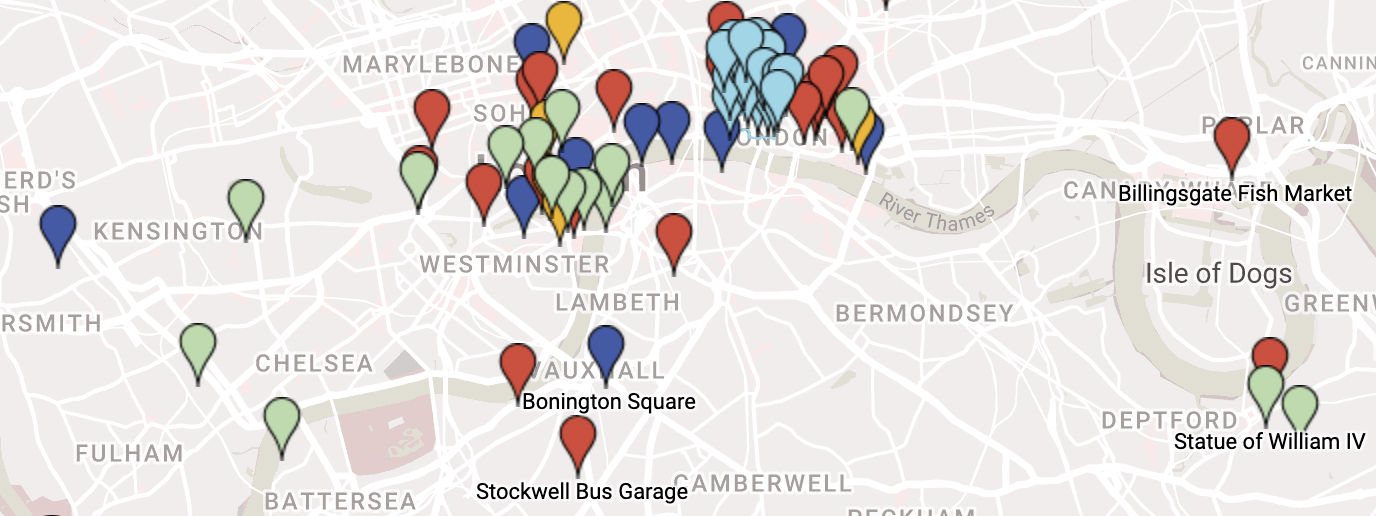
Locations from the Blog
A map! (Another map). I’ve tried to put the locations on the map referred to in the blog posts. Click on a location pin and […]

A map! (Another map). I’ve tried to put the locations on the map referred to in the blog posts. Click on a location pin and […]
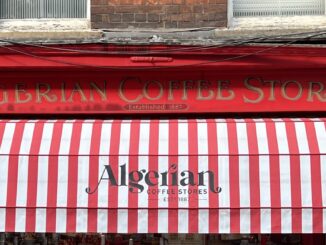
I blush as I write this, but in over 40 years in London, yesterday was the first time I’ve ever bought anything in Old Compton […]
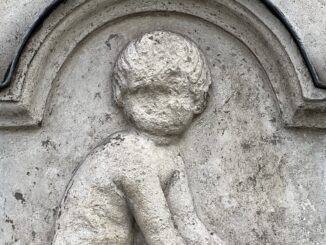
When yu have sought the Citty Round, Yet still this is the highest Ground. August the 27 1688 Step out of the tube at St Paul’s […]
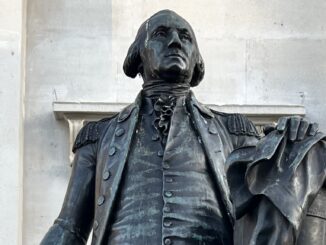
So why does a statue of colonial rebel George Washington lord it over Trafalgar Square? And why is there also a bust of the first […]
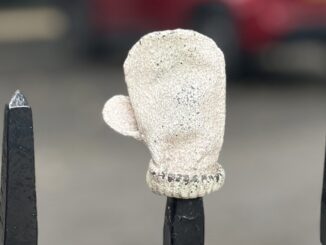
On the railings outside the Coram charity’s HQ in Bloomsbury is a white children’s mitten. Or, rather, what appears to be a child’s mitten, because […]
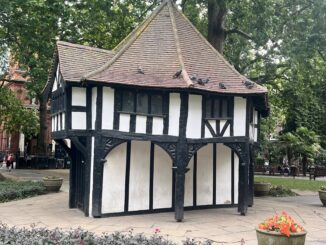
There is an ancient hut in the centre of Soho Square, a half-timbered affair with beams that sag and bow. It gives the impression of […]
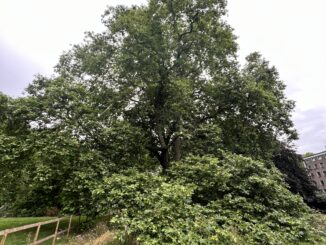
In Brunswick Gardens, a stone’s throw from the Coram foundation, is one of the ‘Great Trees of London‘, a huge, and 230 year old, London […]
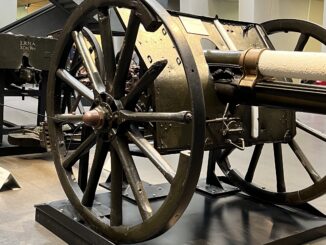
Go down into the central atrium of the Imperial War Museum in Lambeth, and one of the first things you see is the ‘Nery Gun’. […]
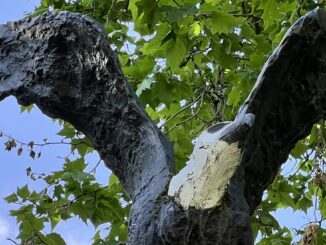
Before decamping to Nine Elms, Grosvenor Square was the home of the US Embassy for the best part of a century, first at No. 1, […]

Portsmouth’s D Day Story is a small museum on the seafront a literal stone’s throw from the Tudor castle at Southsea (where Henry VIII watched […]
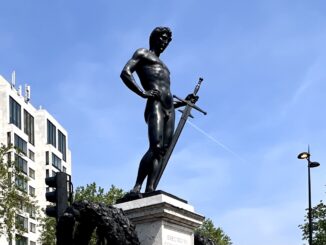
Saul has slain his thousands, but David his tens of thousands The inscription above, which is on the memorial to the Machine Gun Corps at […]
Copyright © 2024 | WordPress Theme by MH Themes